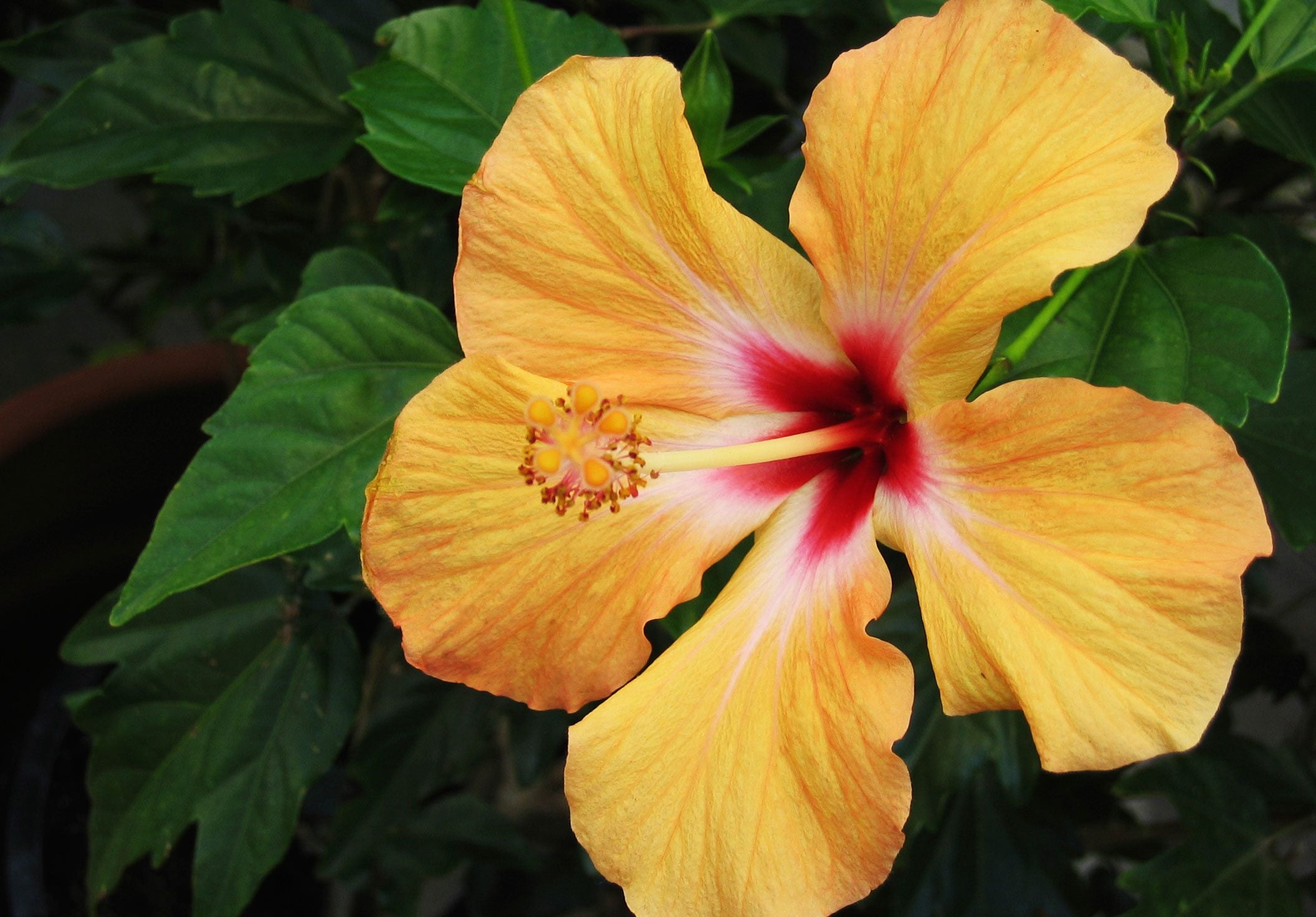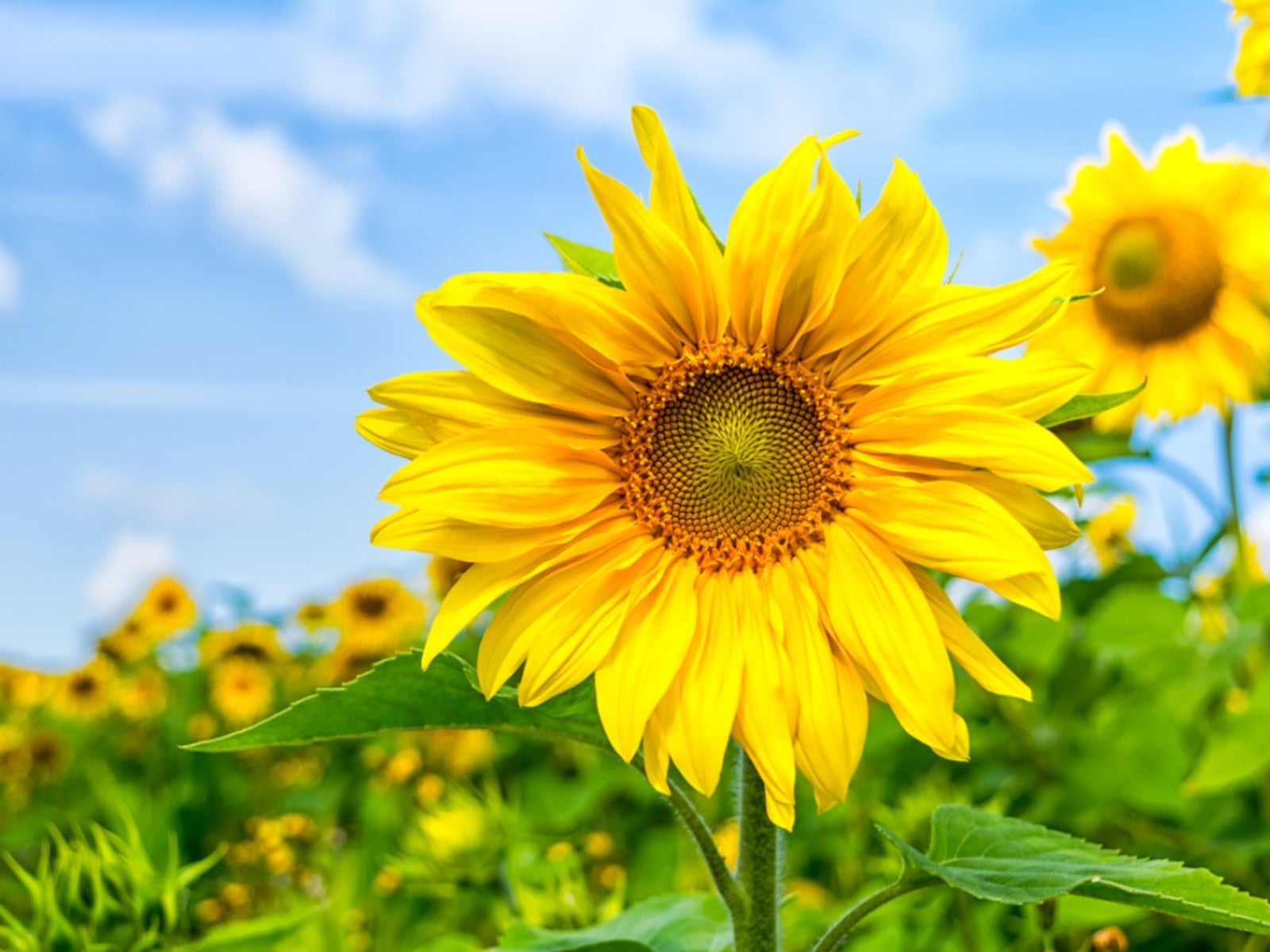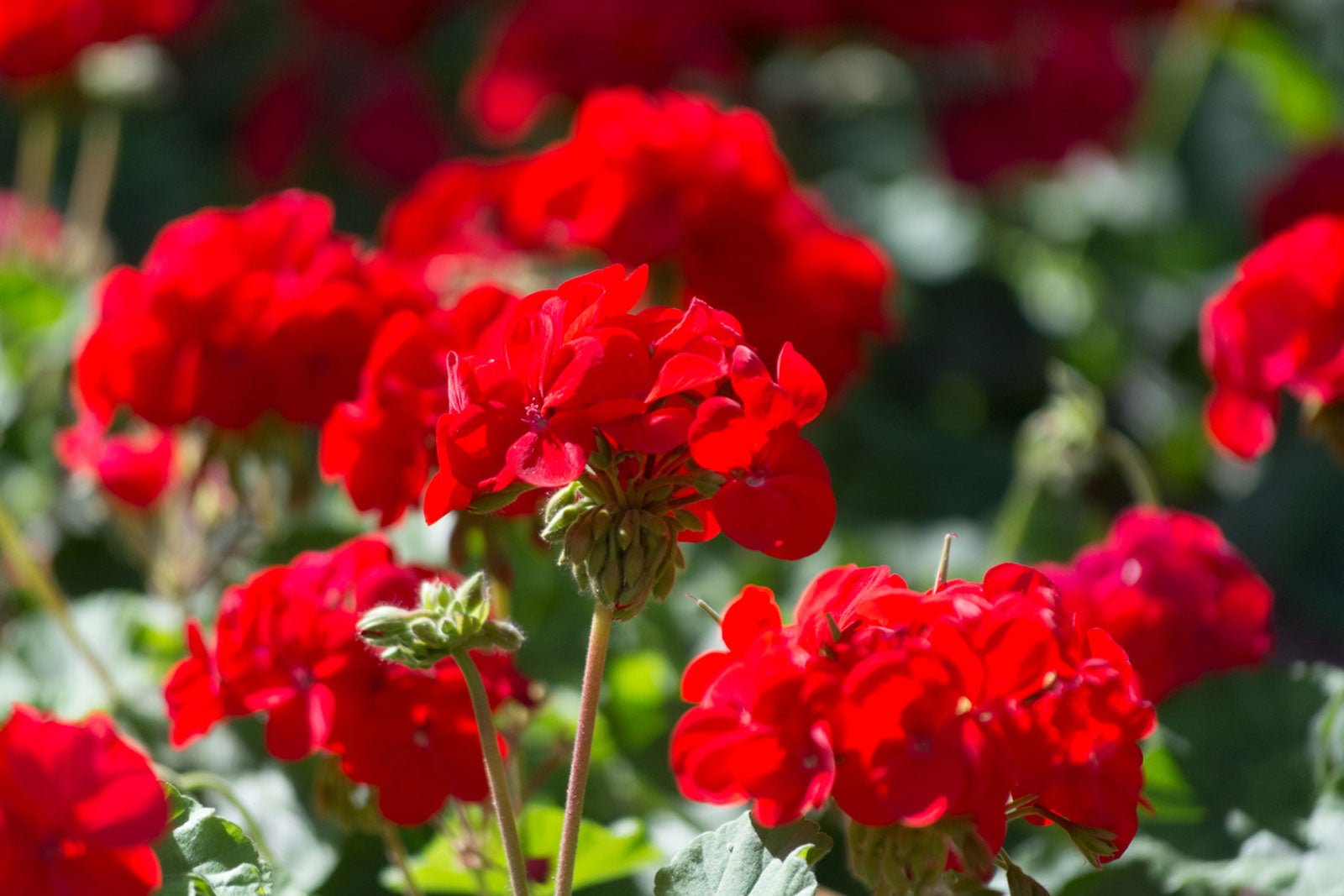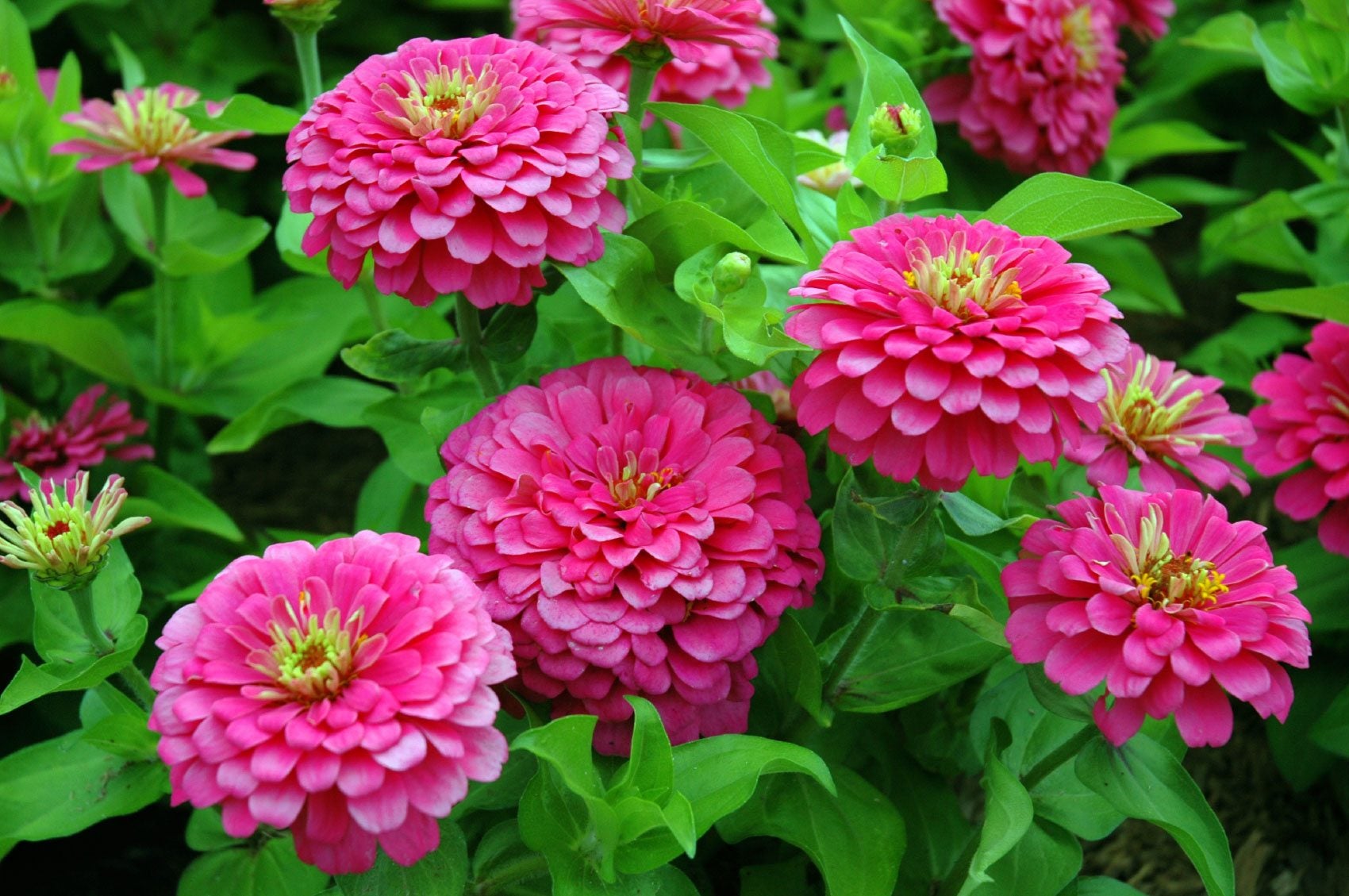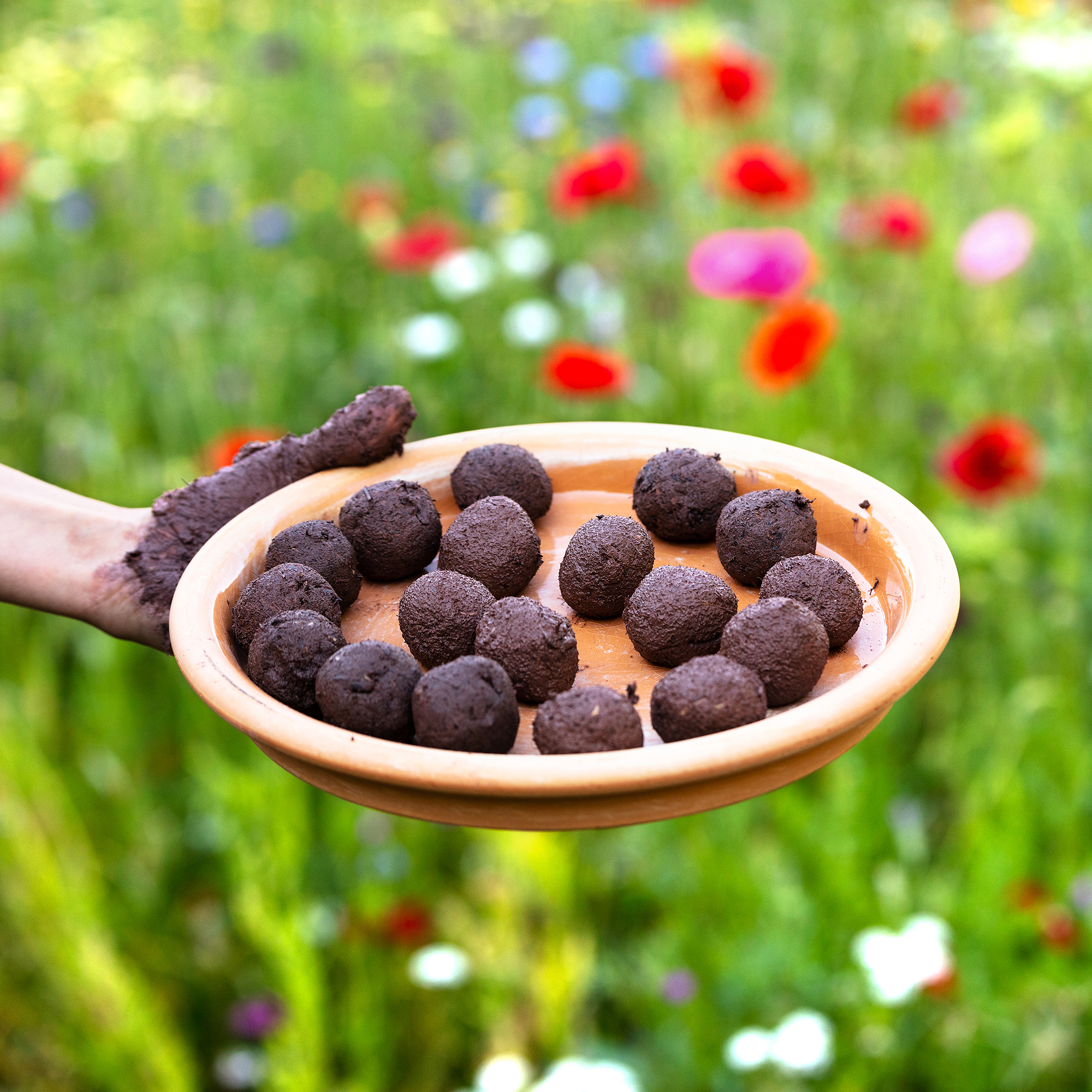Flowers
Who doesn’t enjoy flowering plants? Their intoxicating scents, eye-popping colors, fancy shapes and textures are truly beautiful. Yet, with so many flowers for the garden and types of flower gardens that can be grown, where does one start? No worries. Our flower gardening info will help you learn how to create flower gardens. From basic flower garden design to growing and caring for specific flowers, we’ll guide you. Don’t let the number of flower gardens and plants grown in them intimidate you. Instead, keep reading for tips on flower gardening.
Explore Flowers
Editor's Picks
-
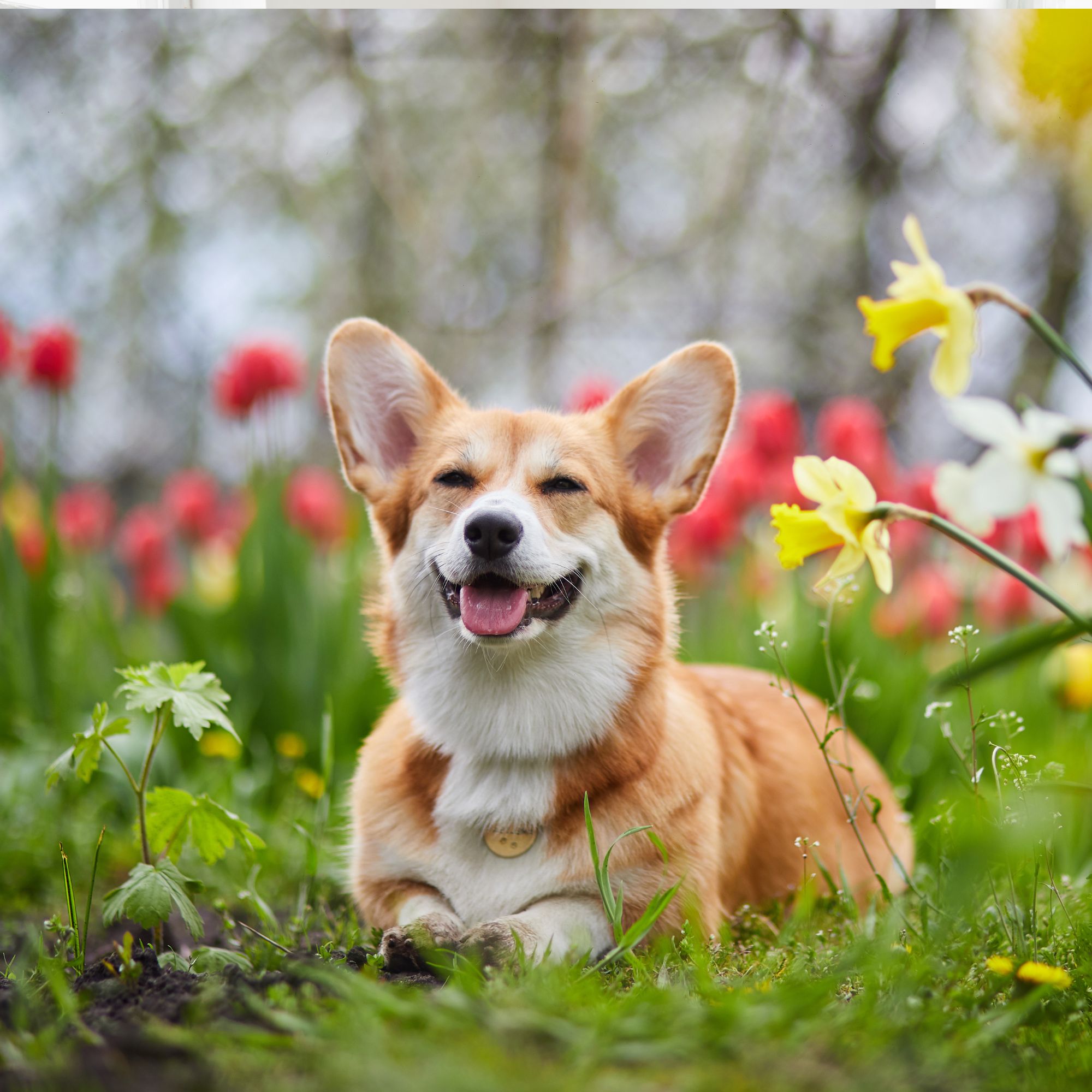
6 Surprising Plants That Are Toxic for Your Dog (Plus 1 You Should Plant as a Treat!)
Plant parents with fur babies, these are the plants you should never grow in your garden if you want to keep your dog safe.
By Kayleigh Dray
-
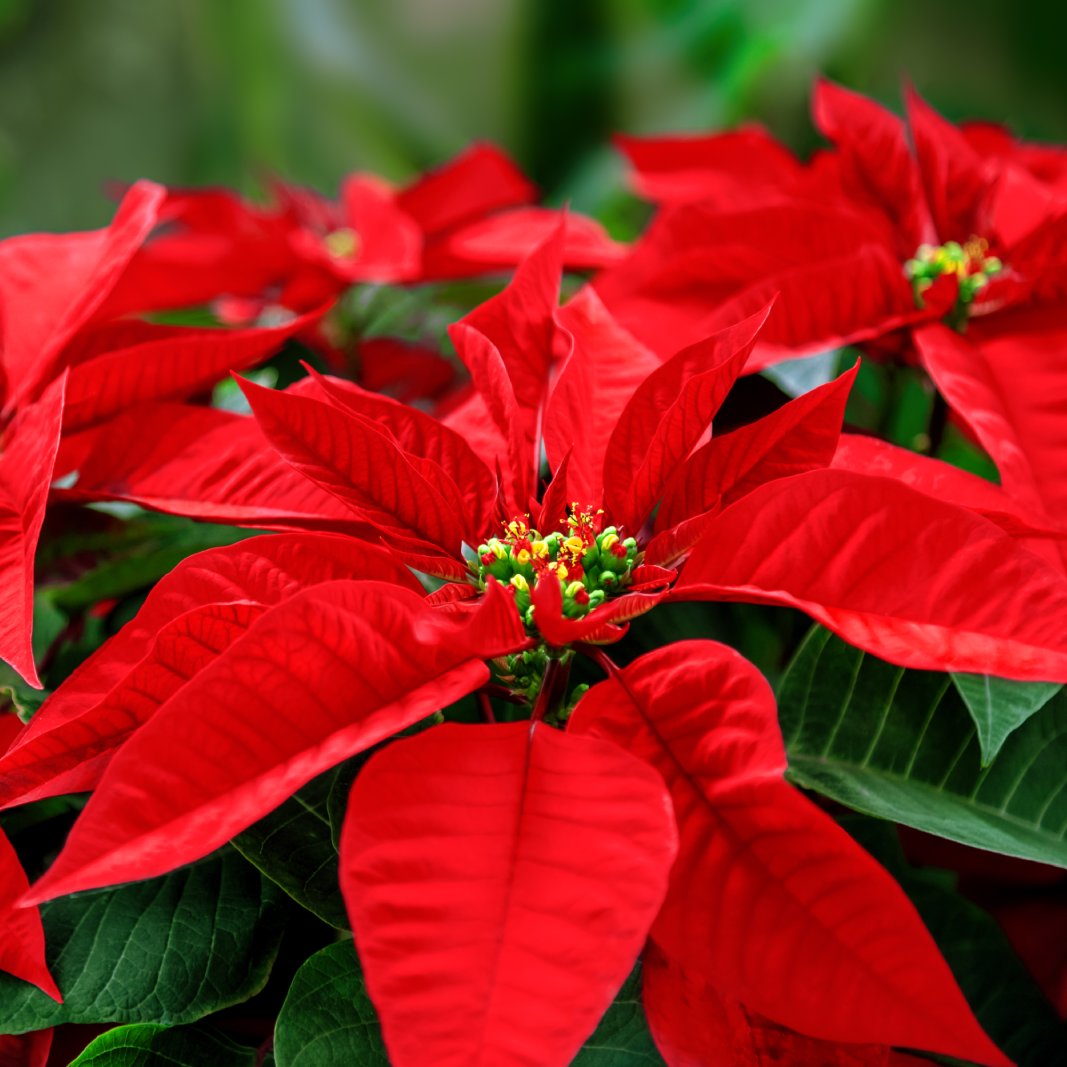
The Complete Poinsettia Care Guide: Planting, Pruning & Keeping It Alive
Did you get a poinsettia for the holidays? Wondering how to take care of it? Our comprehensive guide will take you through the basics and beyond.
By Liz Baessler
-

Make Sure Your Poinsettia Flowers Next Year: Follow This Easy Reblooming Schedule
The secret to yearly poinsettia blooms isn't magic – it's timing. Follow this simple schedule for bright red flowers next Christmas... and the one after that.
By Tyler Schuster
-
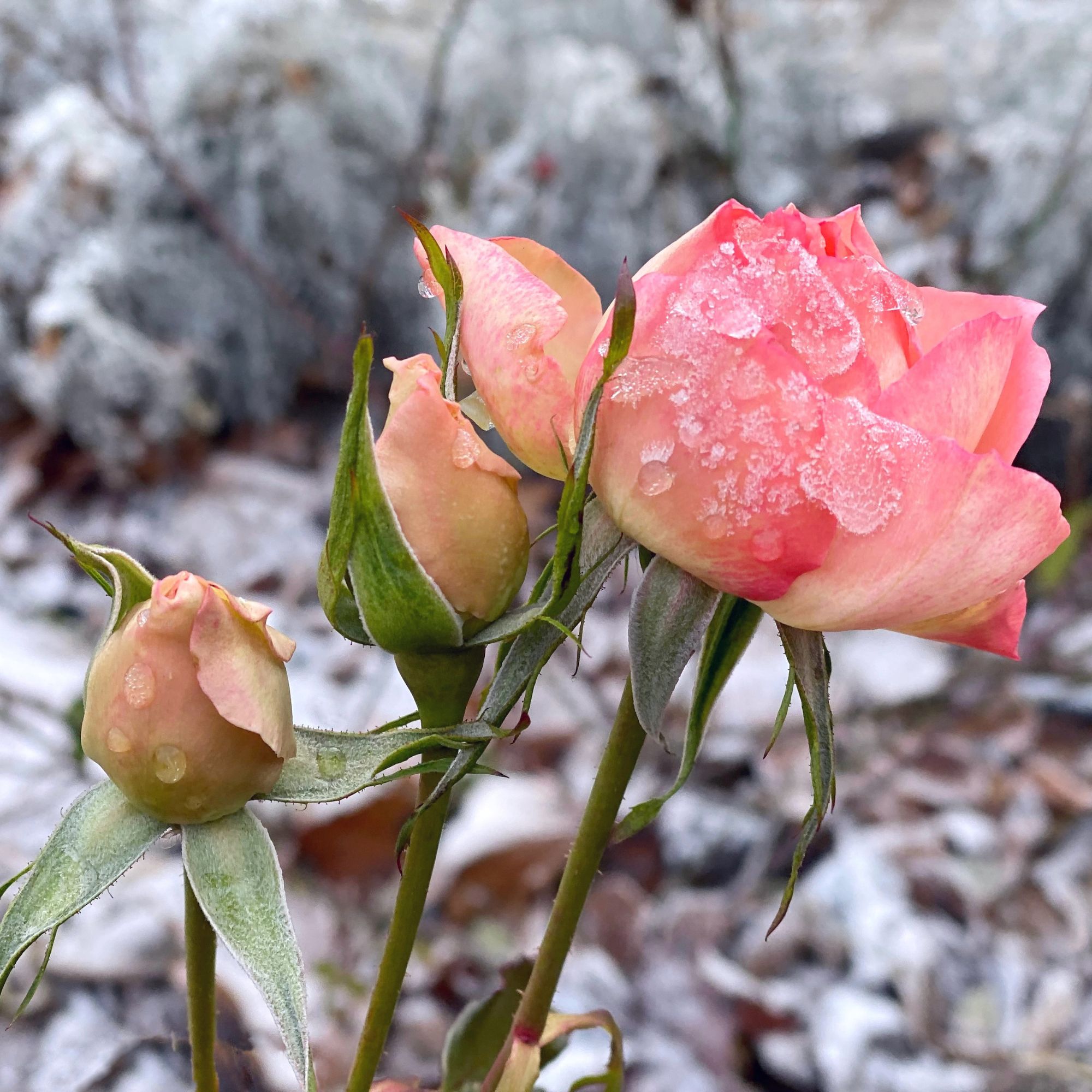
If You Want Beautiful Roses Next Summer, Do These 3 Things This November
Roses might be synonymous with summer, but any good gardener will tell you that the hard work happens over the winter months…
By Kayleigh Dray
-

Pamela Anderson's DIY Beauty Secret is this Stunning Rose – and November is the Perfect Time to Plant It
It seems Pamela Anderson’s favorite rose is as much a beauty cupboard staple as it is the shining star of her garden…
By Kayleigh Dray
-
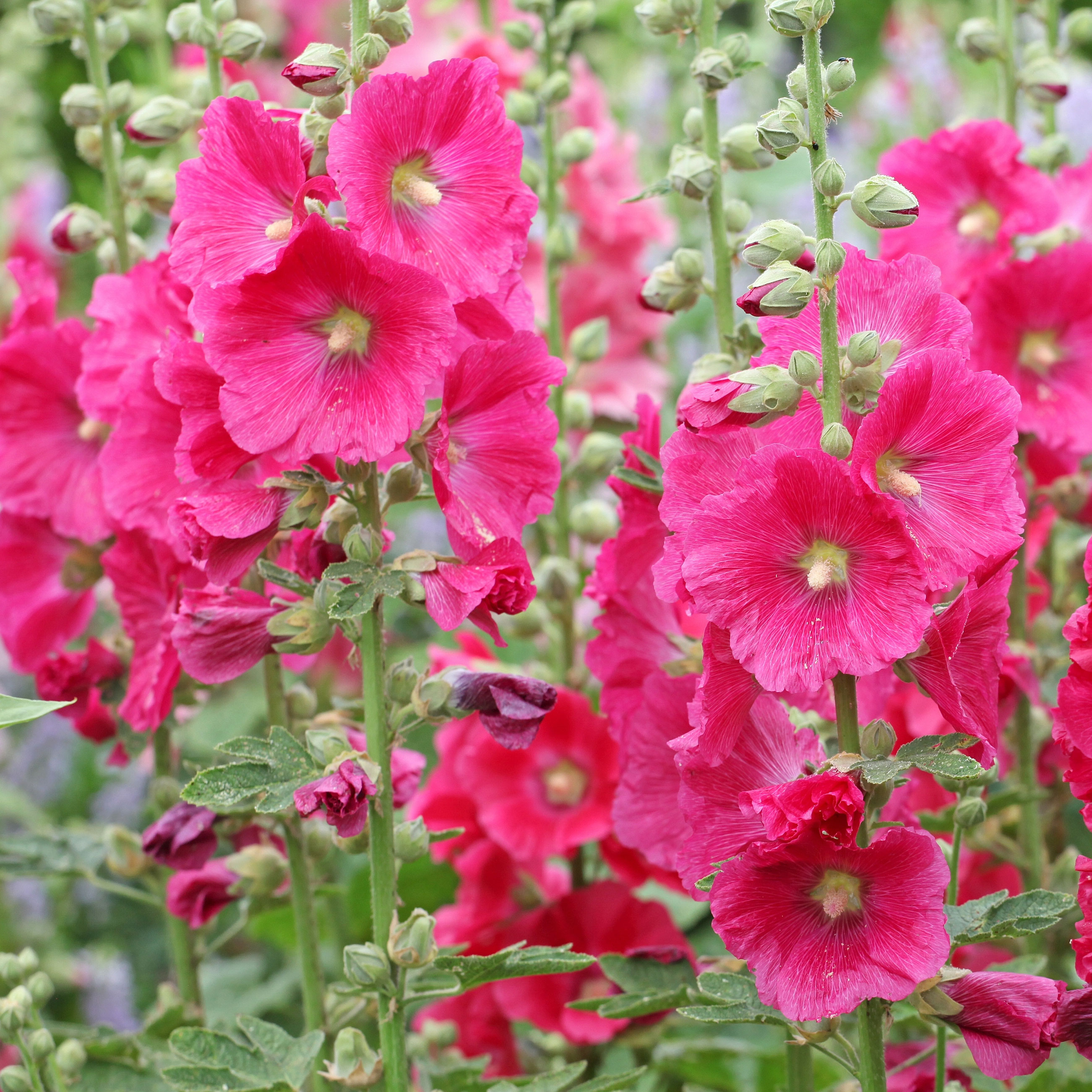
Growing Hollyhocks: How to Get the Most from this Cottage Garden Classic
For romanticism, stature, elegance and pollinator-friendly credentials, growing hollyhocks will add a very special dimension to beds and borders – here’s how to do it right
By Janey Goulding
-

Keep Fall Flowers Blooming Into Winter – 5 Frost Delay Tricks so Your Garden is the Last One Blooming on the Block
Flower power doesn't have to end with the first cold snap. Try these 5 simple, actionable steps on how to protect flowers from frost for bonus color that lasts for weeks longer
By Tyler Schuster
-
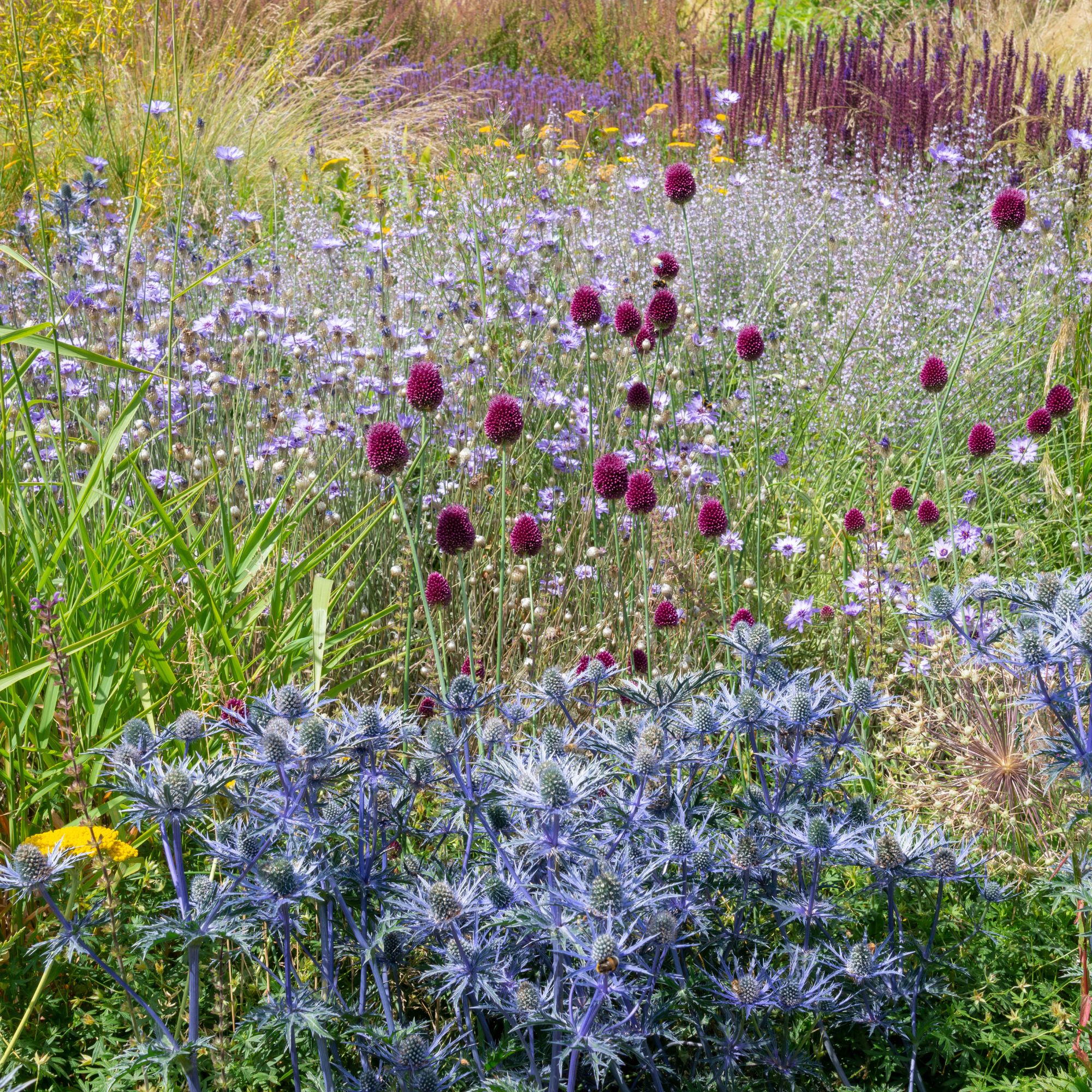
7 Flower Seeds You Can Throw Down in November and Forget Until Spring
Calling all lazy gardeners with big dreams for 2026; these low-maintenance flower seeds are exactly what you’re looking for…
By Kayleigh Dray
-
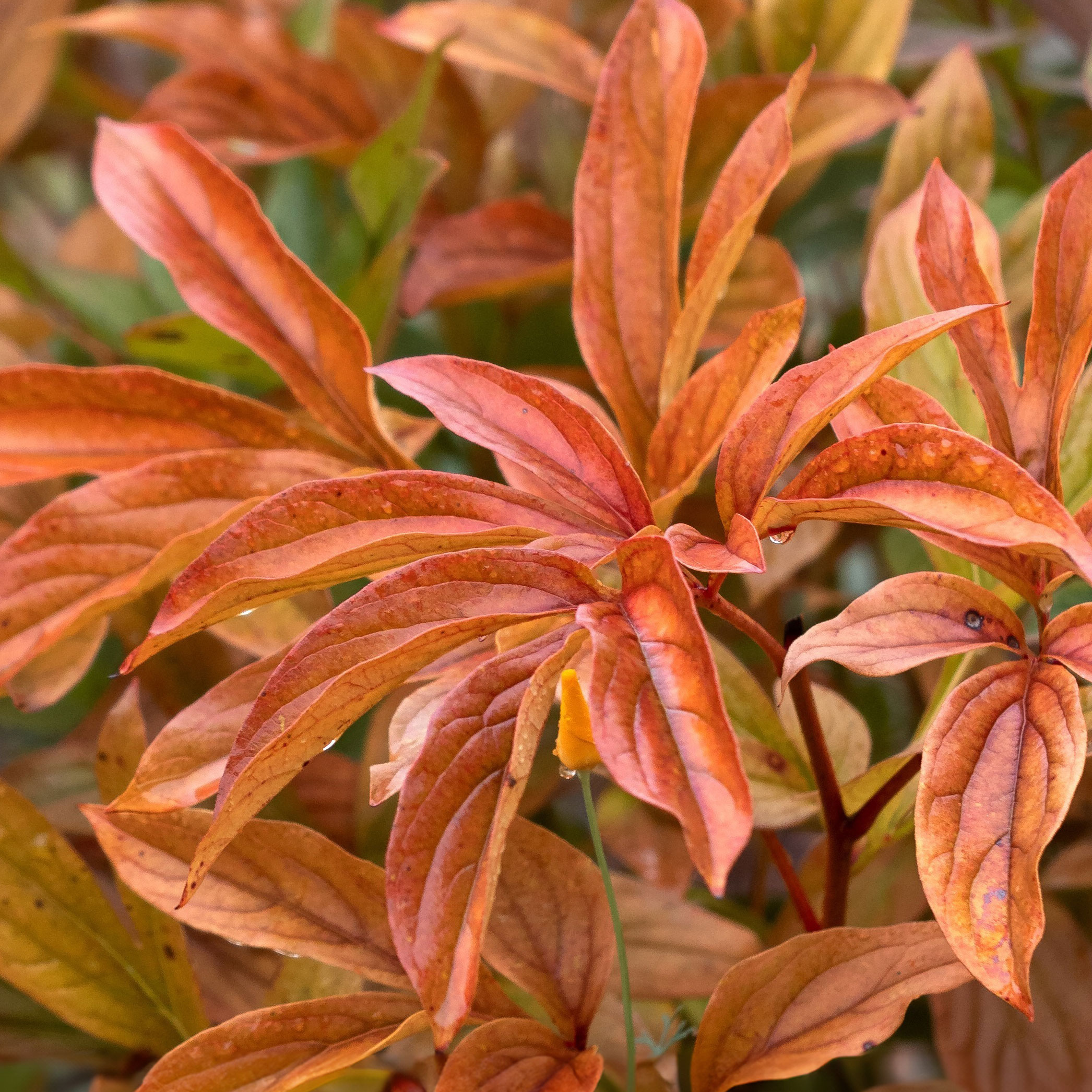
Are Your Peonies Ready for Winter? Don't Forget These 3 Fall Jobs for Gorgeous Blooms Next Year
Make sure your peonies are primed for the most voluptuous and vibrant blooms next year! Effective peony winter care starts now – with these 3 core fall tasks for the ultimate blooms
By Janey Goulding
-
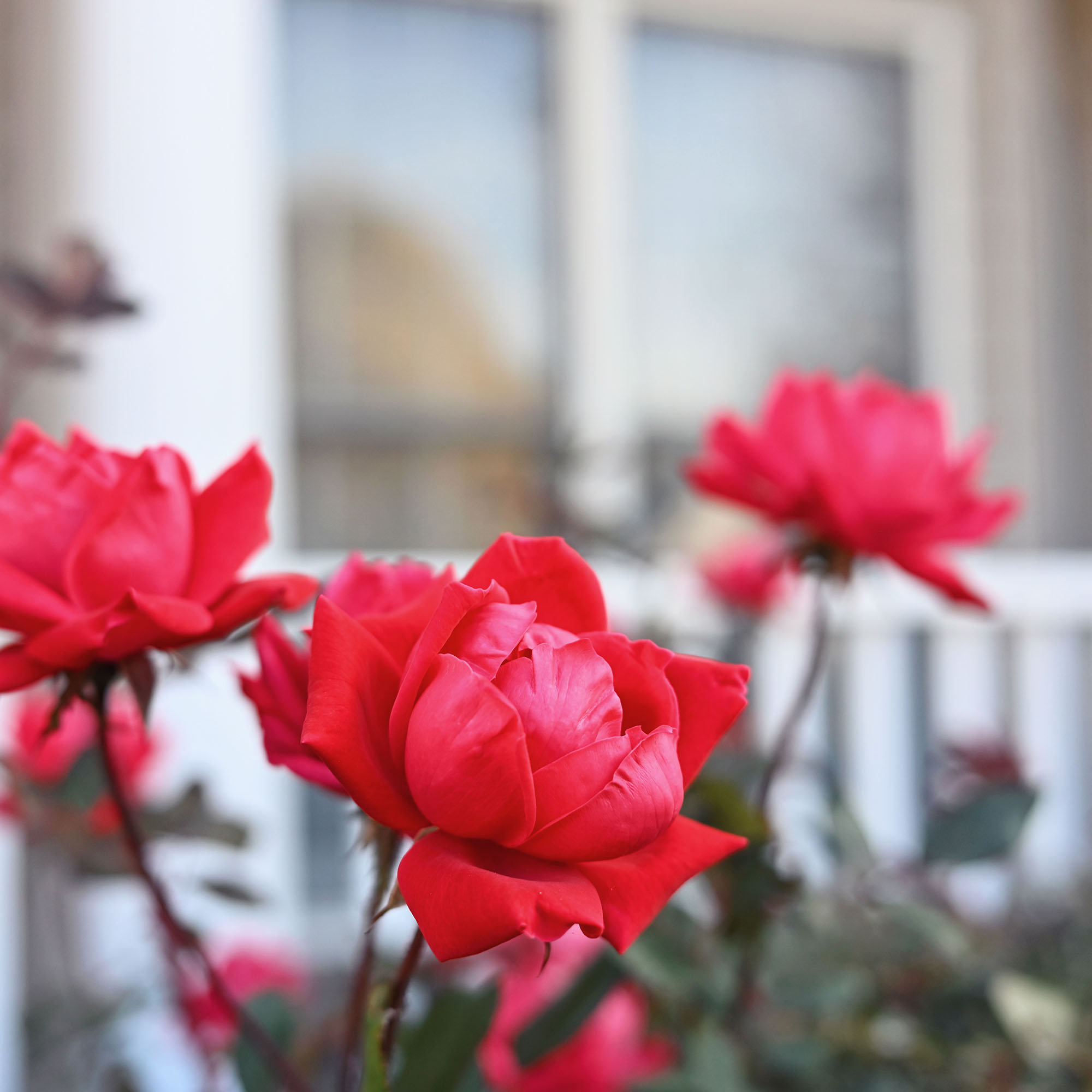
This Unexpected Kitchen Staple Helps Protect Your Roses – But Only If You Use it the Right Way
Want your roses to bloom bigger and brighter next year? Coffee grounds could be the answer...
By Kayleigh Dray
-
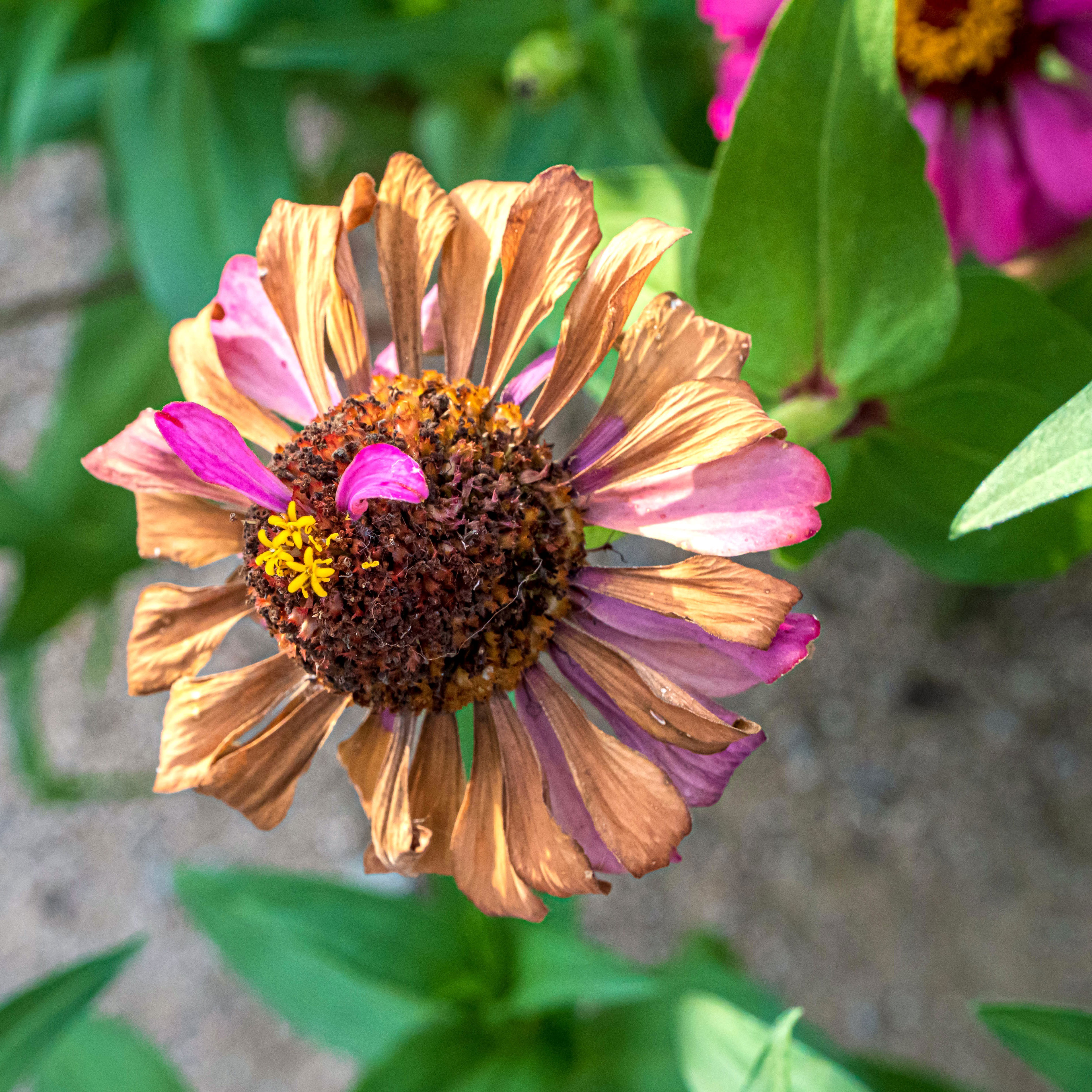
How To Harvest Zinnia Seed So You Can Get The Jump On Next Year’s Dazzling Border Beauties
Click the following to learn how to harvest zinnia seeds.
By Tonya Barnett
-
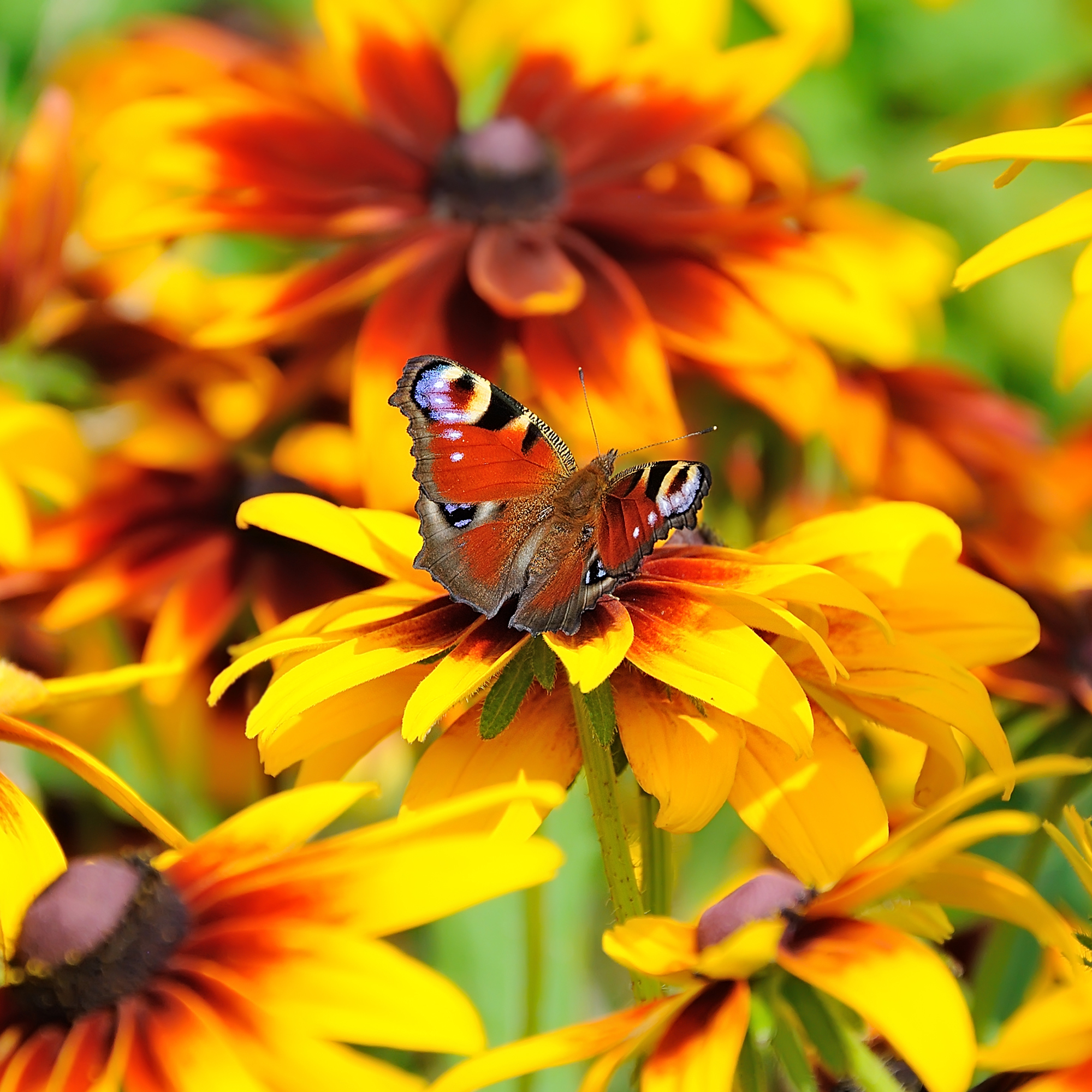
8 Native Flowers to Sow in October for Effortless Color and Happy Pollinators
Fall might feel like gardening season's big finale, but it's actually the perfect time to sow these native flower seeds...
By Kayleigh Dray
-
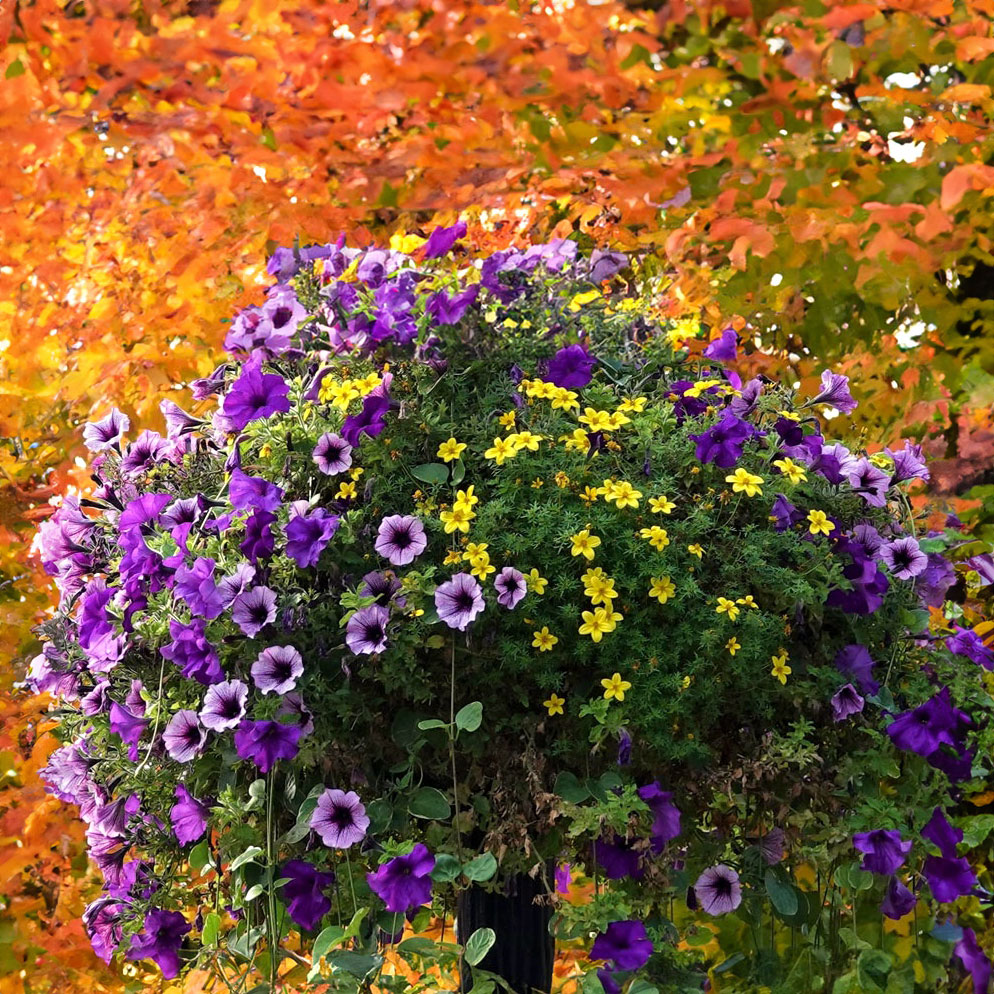
Dynamic Fall Hanging Baskets – 7 Plants and Plant Combos for Spectacular Vertical Displays
Hanging baskets can bring color and drama to the autumn season. Try these fabulous plant ideas and combinations for memorable fall hanging baskets that light up your fall garden
By Mary Ellen Ellis
-
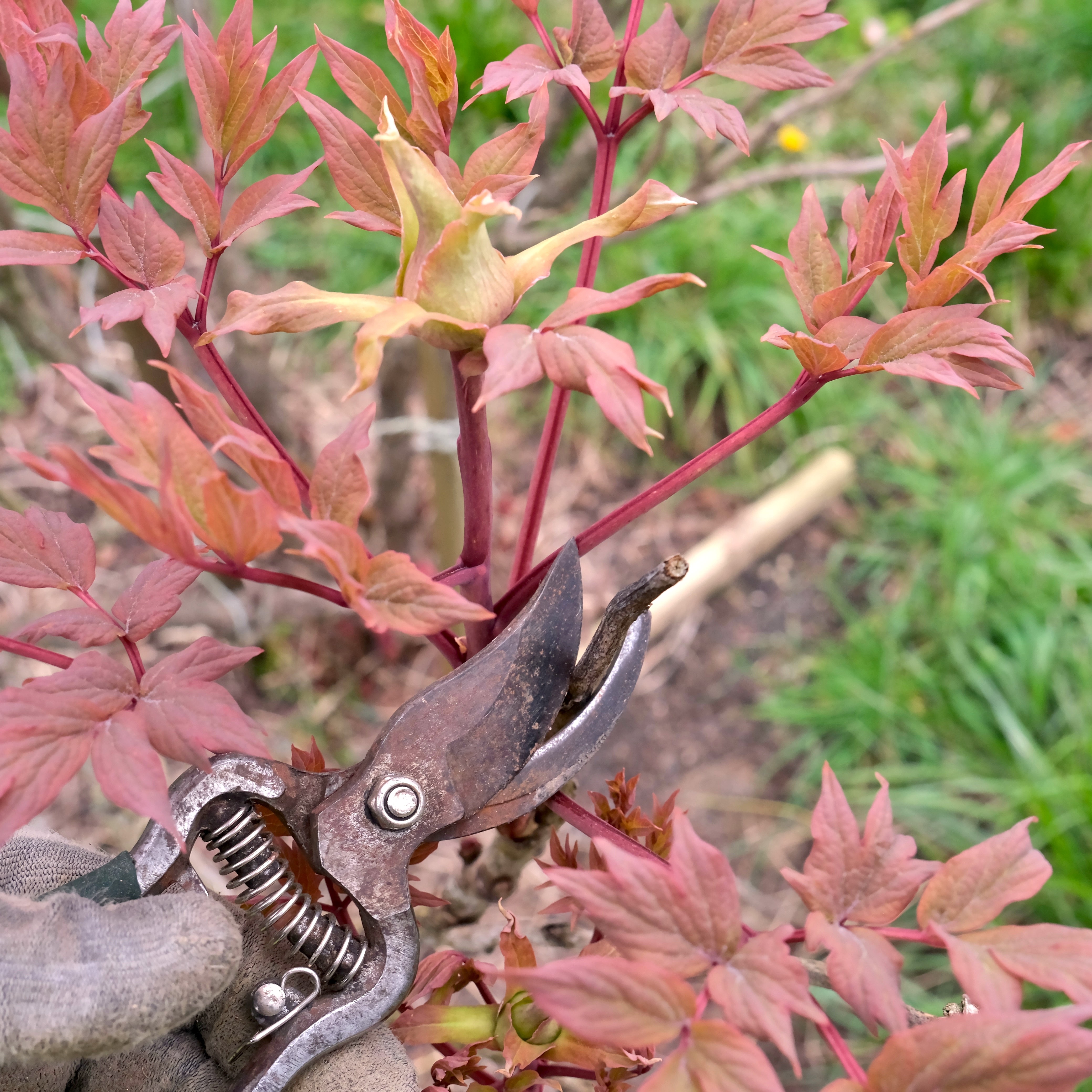
Avoid These 3 Common Peony Pruning Mistakes to Protect Plants and Safeguard Future Blooms
The beauty of a perfectly formed peony makes us crave more – so to ensure yours come back strong every year, check you aren’t making these peony pruning mistakes
By Tonya Barnett
-
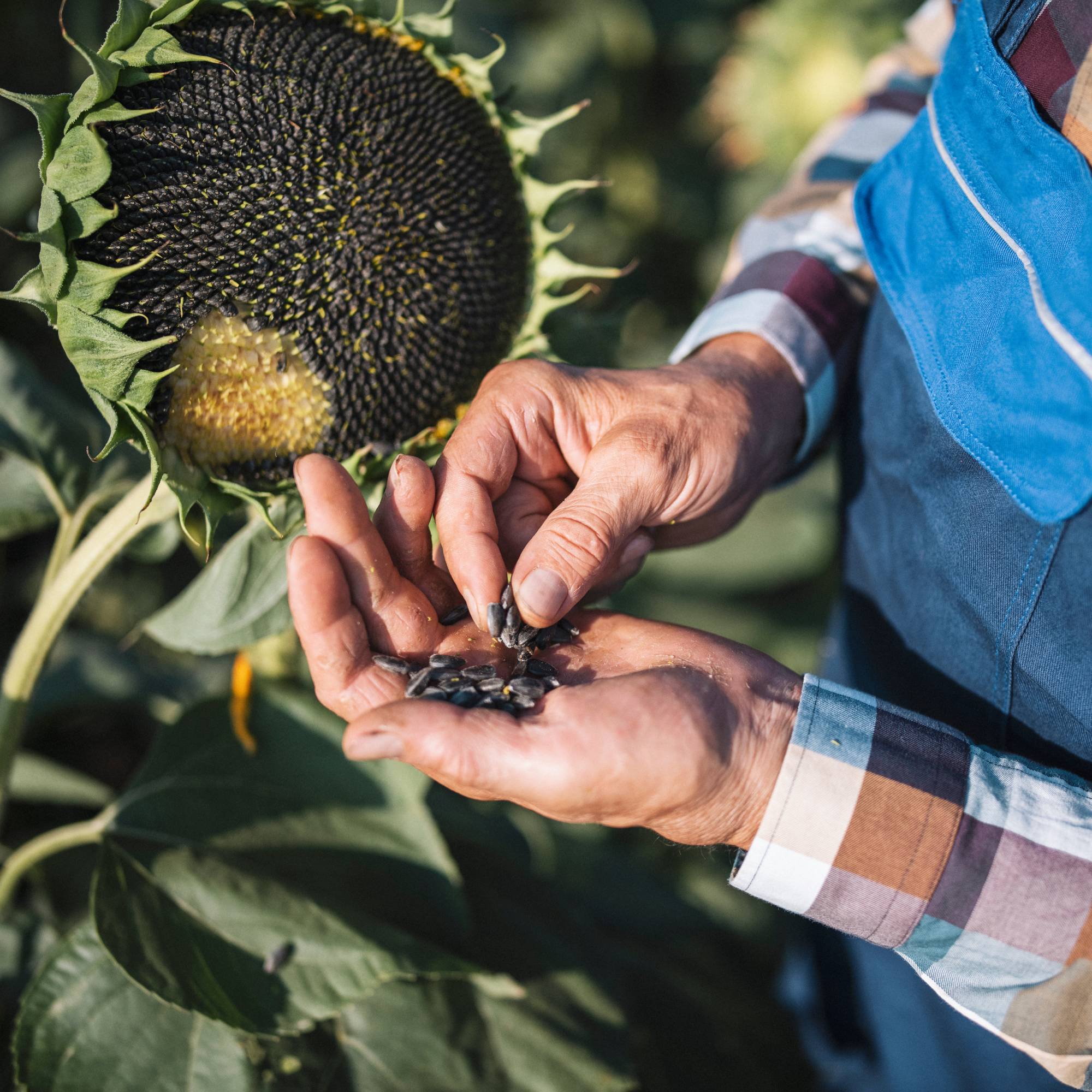
Collect & Save These 7 Flower Seeds Now for a Stunning Garden Come Next Spring
It's easy and fun to collect and save seeds in the autumn and it will ensure you have a gorgeous garden next year. Learn which seeds are the best to harvest.
By Mary Ellen Ellis
-
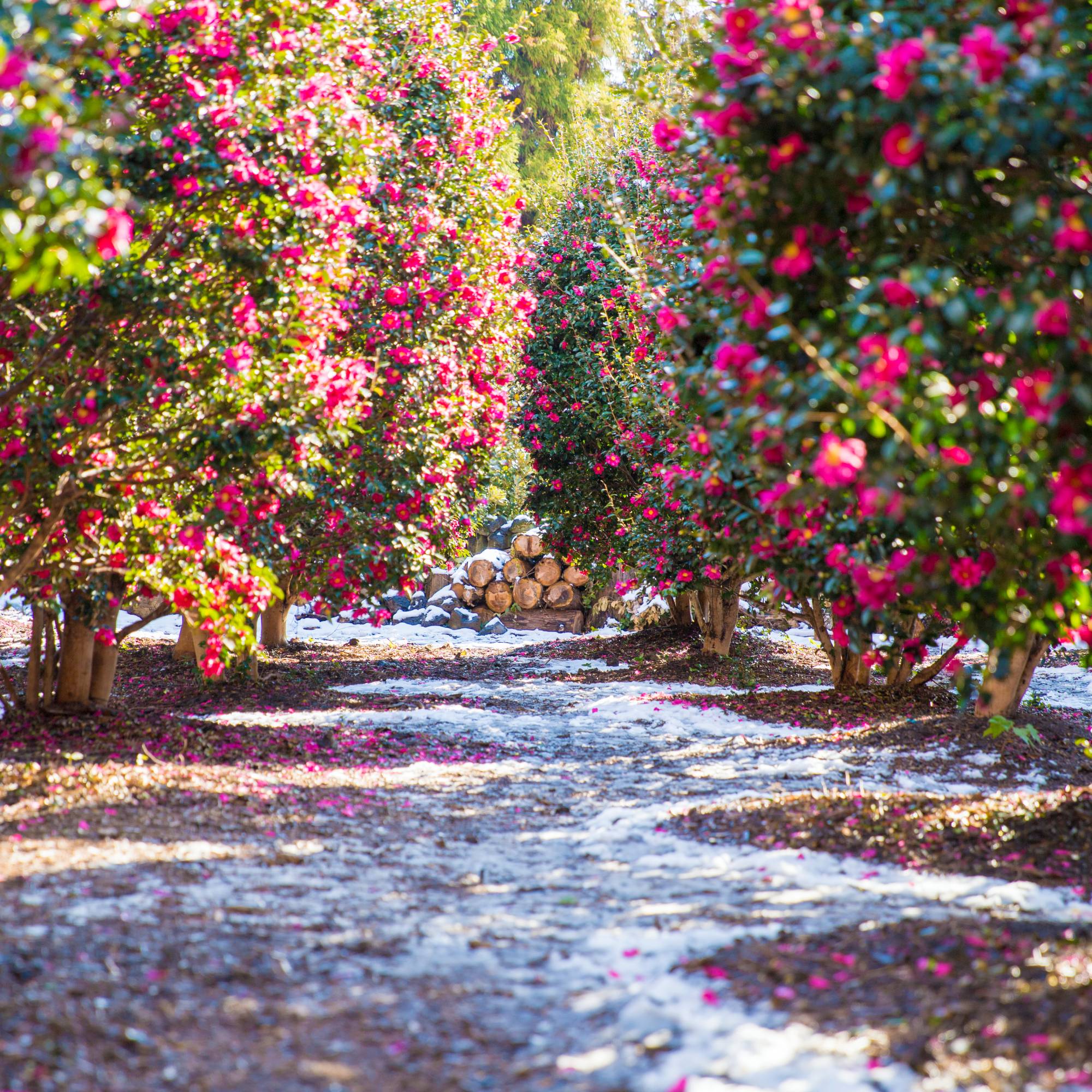
6 Late-Flowering Plants That Will Fill Your Yard With Brilliant Blooms Now Until the Holiday Season
Don't be sad that the summer gardening season is ending. Plant these bold bloomers for gorgeous color that will stretch all the way into winter.
By Kathleen Walters
-
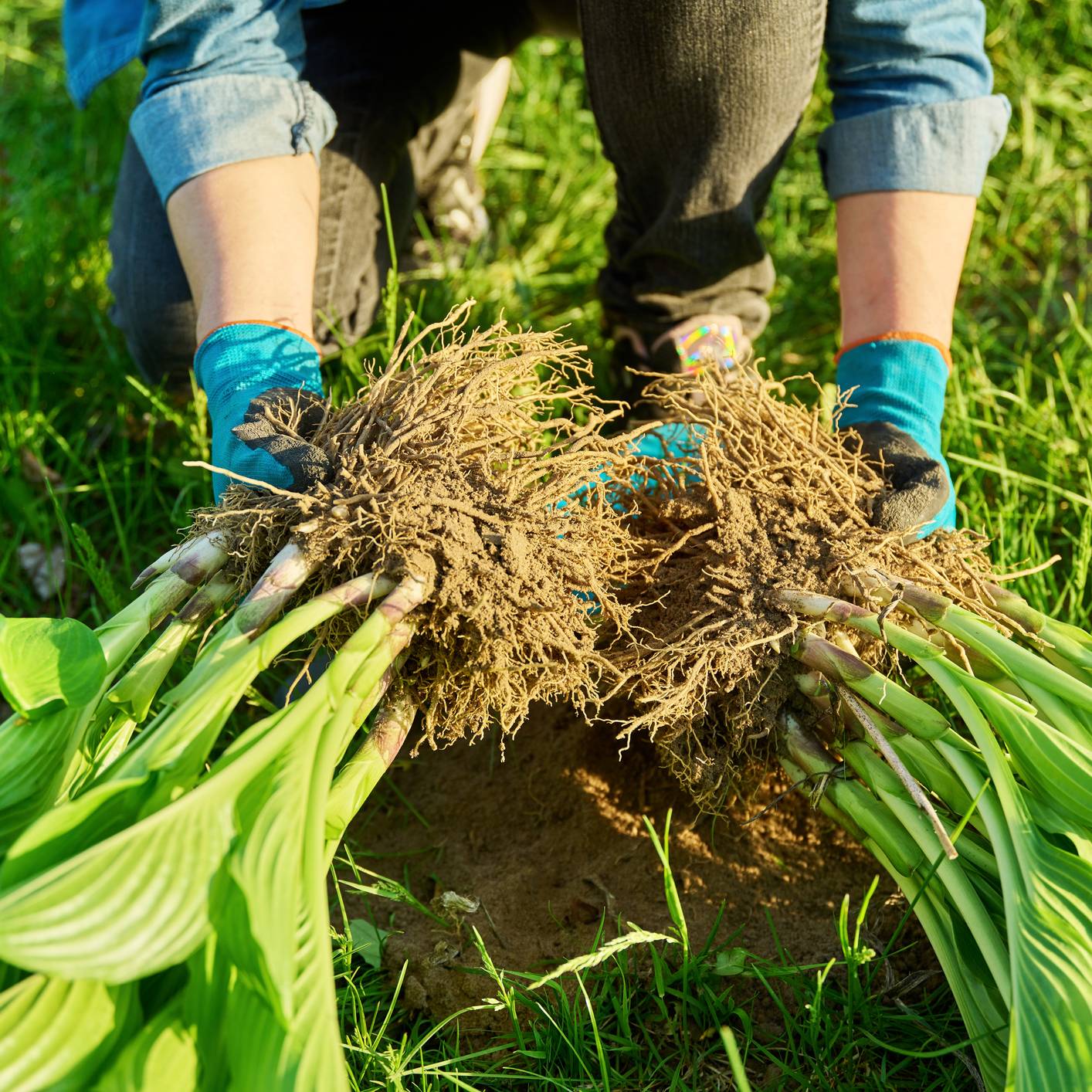
Divide These 8 Perennials in September for More Plants in the Spring
Plants getting tired? September is the perfect time to divide and transplant perennials to give them a boost (and give you more plants).
By Teo Spengler
